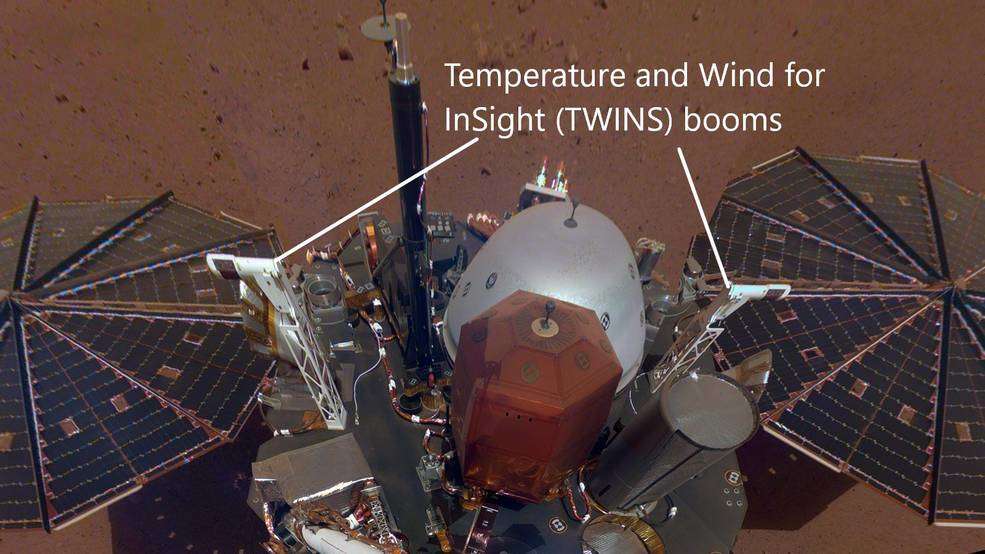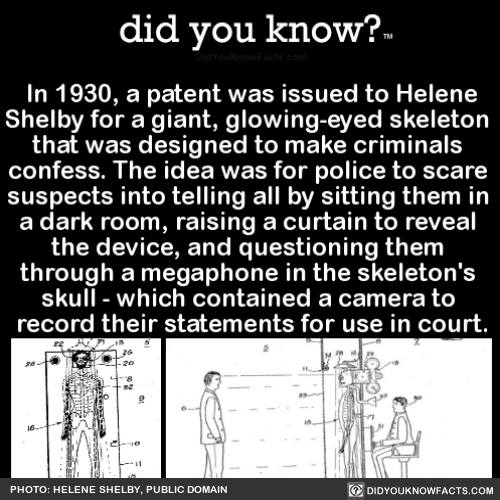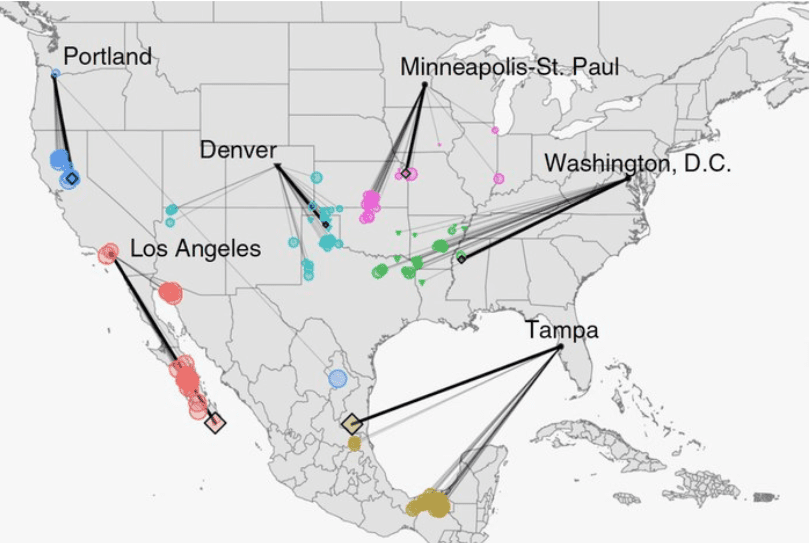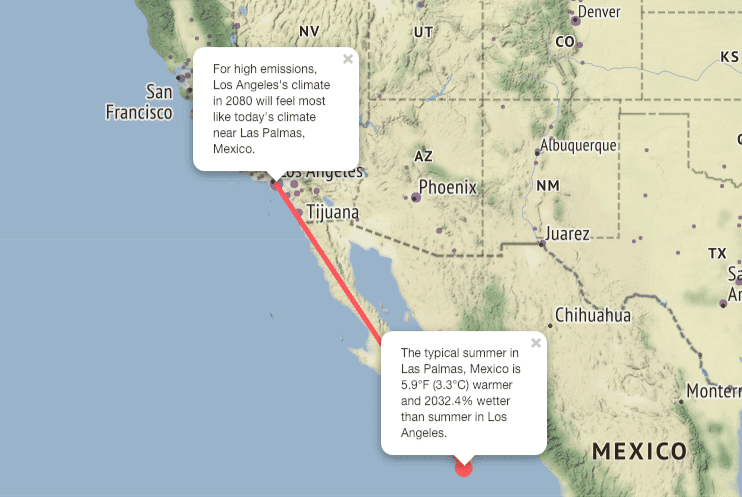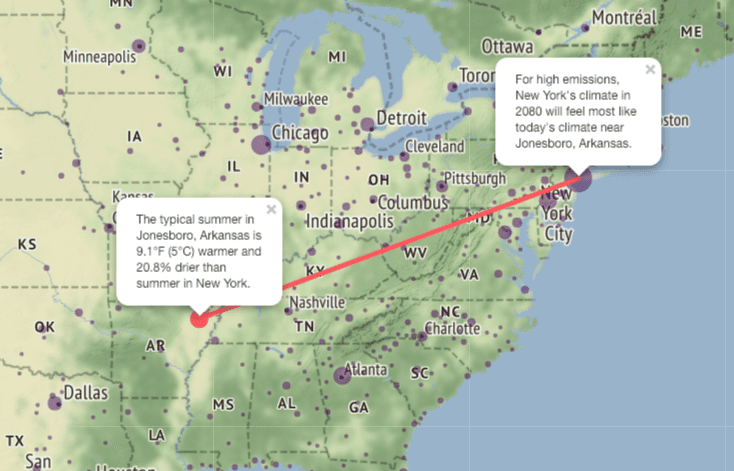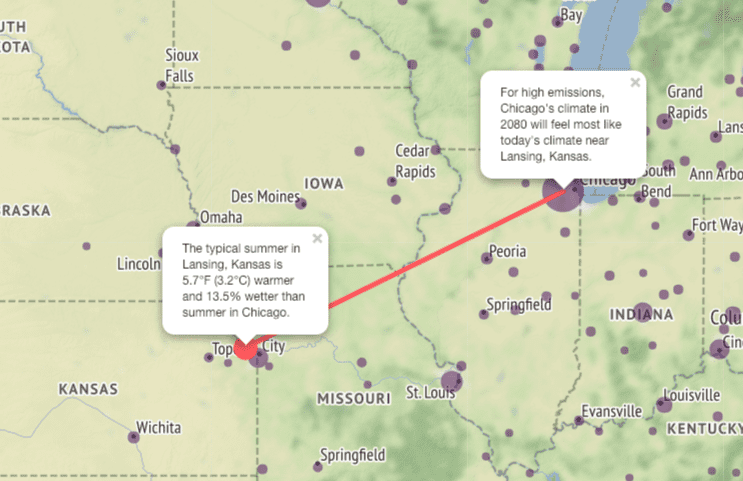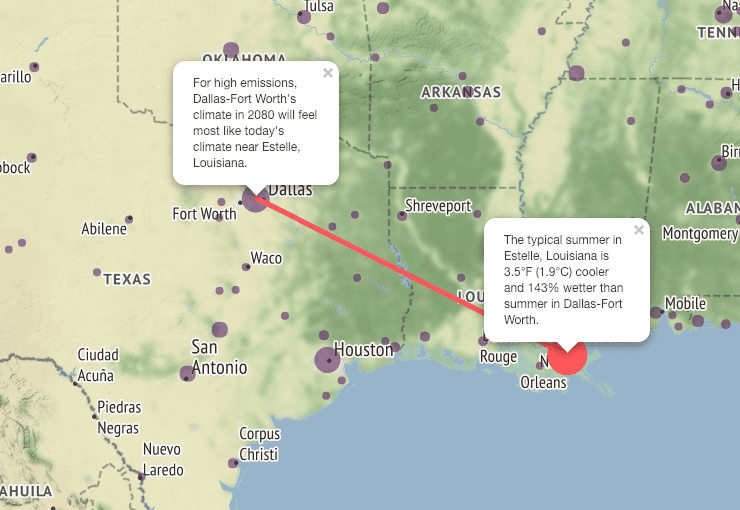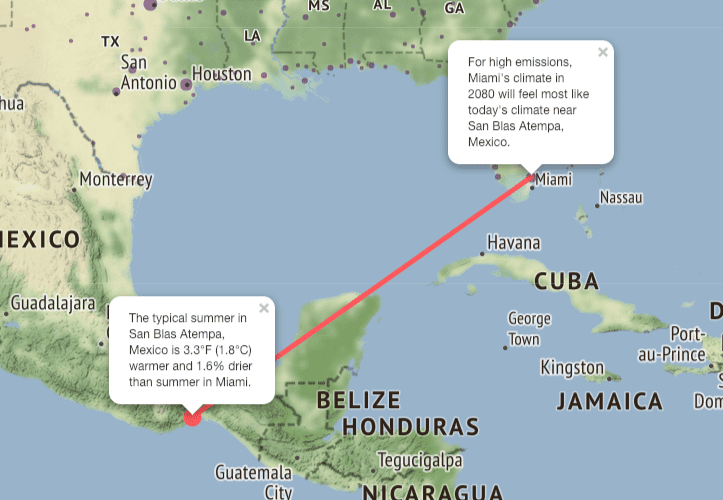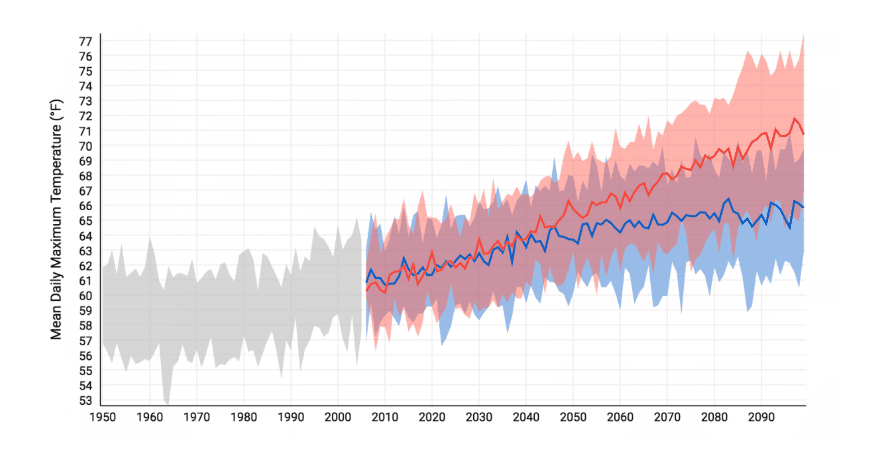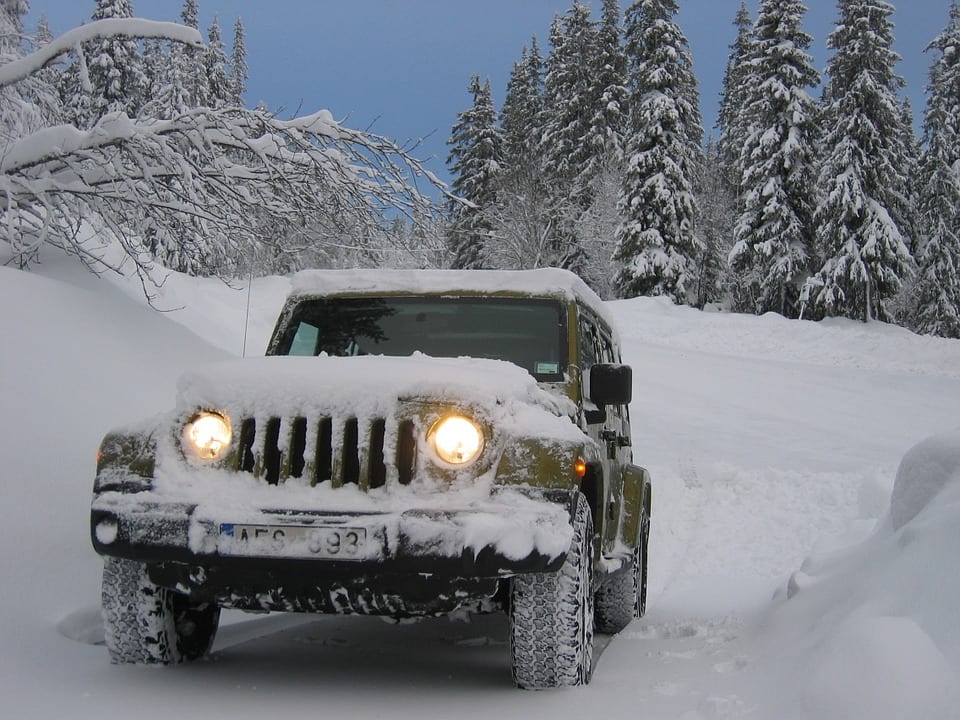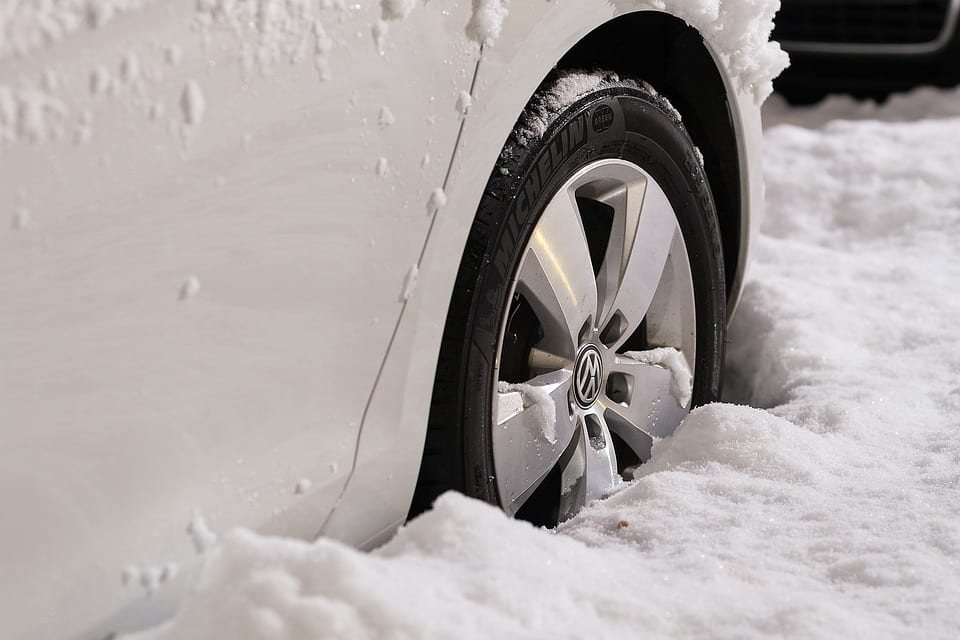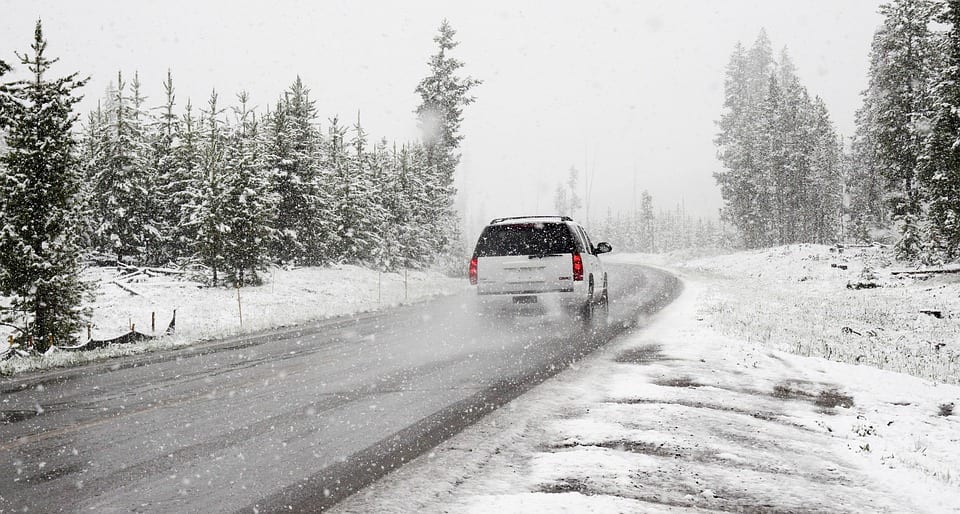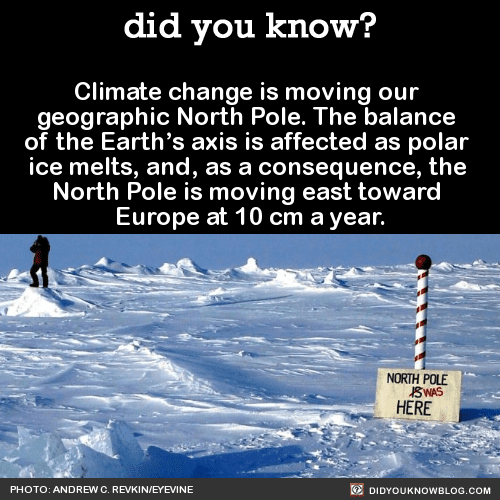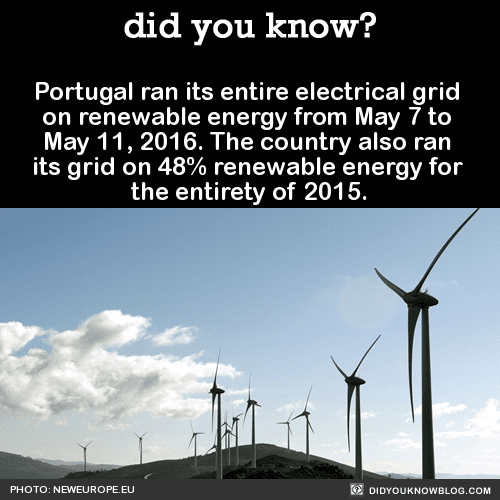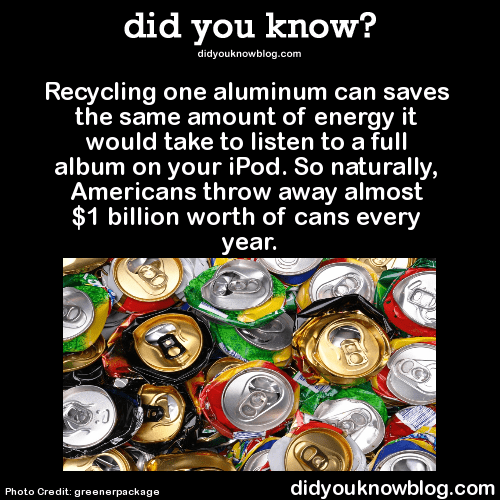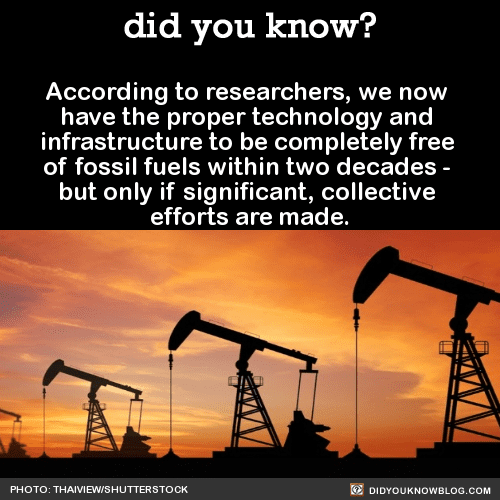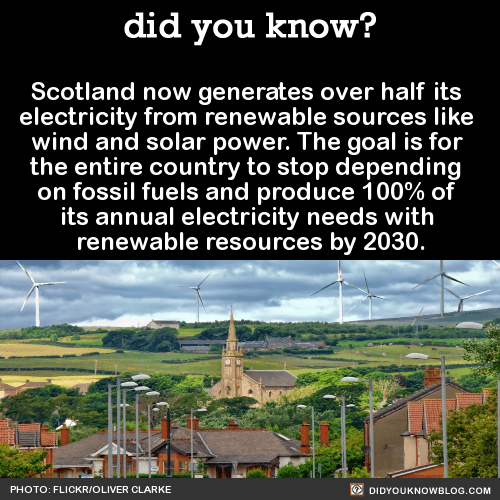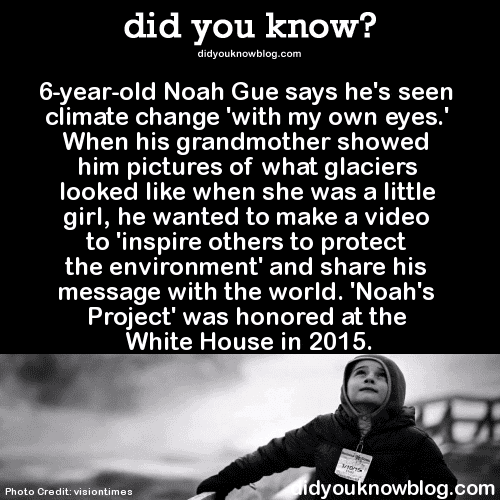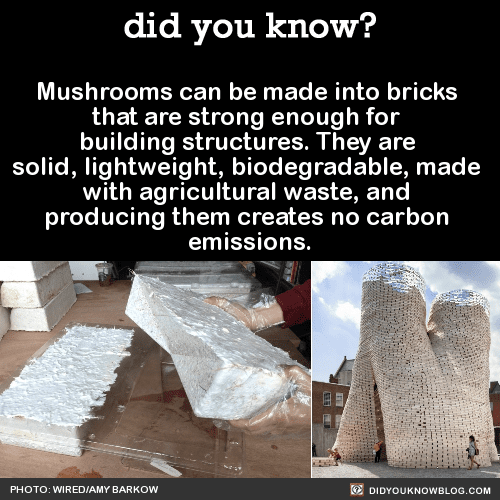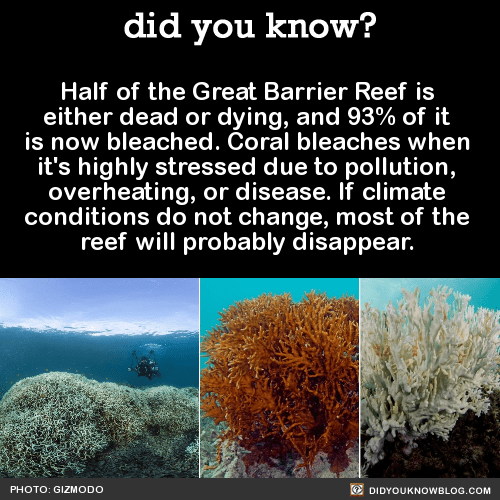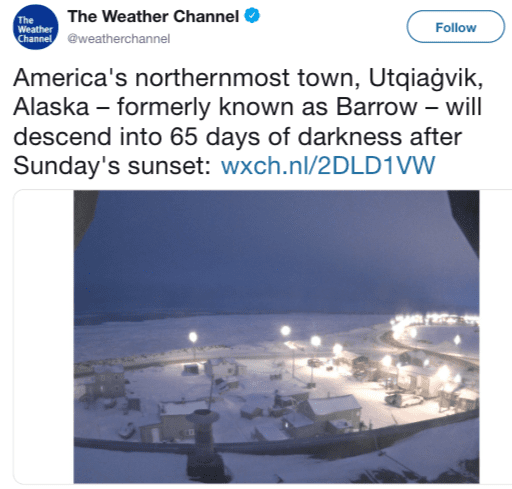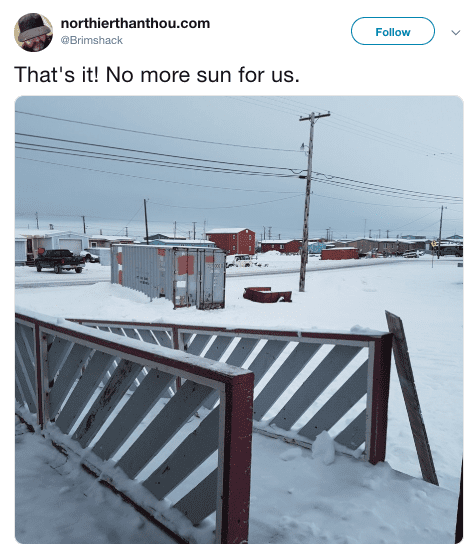As someone who dreads the coming of spring every year because of my seasonal allergies, I can’t even imagine how terrifying this “pollenpocalypse” must be to allergy-suffering residents of North Carolina.
Seriously, these photos look like still shots from a science fiction movie where an evil yellow dust coats the Earth and monsters grow out of the ground…or something like that.
Facebook user Jeremy Gilchrist shared the following pics from Durham, NC, to show just how extreme the pollenpocalypse is right now. He said, “No tricks here. Yes you are looking at a green haze made up of tree pollen from the pines of central NC! This is Durham: #ThePollening #Pollen #Pollmageddon.”
Posted by Jeremy Gilchrist on Monday, April 8, 2019
Posted by Jeremy Gilchrist on Monday, April 8, 2019
The high pollen counts in North Carolina are a result of trees mating because of the warmer weather. On the day Gilchrist posted these photos, the pollen count for nearby Raleigh was more than 2,500 pollen grains per cubic meter.
Peak pollen season in North Carolina usually sees a rate of between 1,000-1,500 grains per cubic meter, so the recent counts have truly been off the charts.
Posted by Jeremy Gilchrist on Monday, April 8, 2019
Some researchers believe that climate change plays a role in this kind of extreme pollen episode, as warmer weather last longer and plants have more time to give off pollen.
If you’re an allergy sufferer, you might have a long spring and summer (and maybe fall) in store for you.
Bless you!
The post North Carolina’s Allergy Sufferers are Being Terrorized by a “Pollenpocalypse” appeared first on UberFacts.

